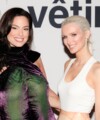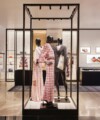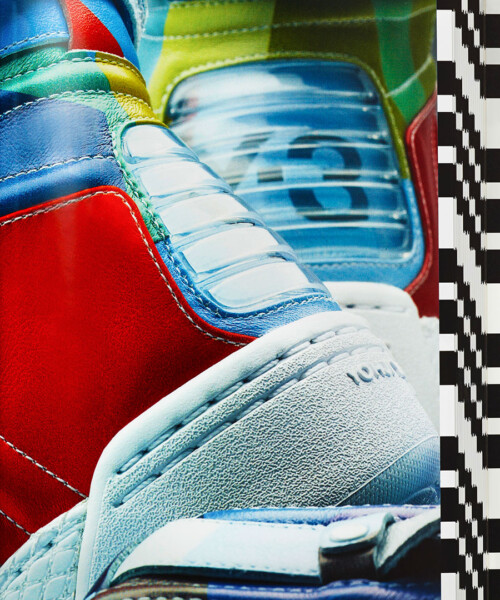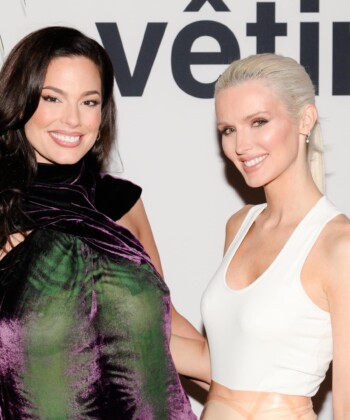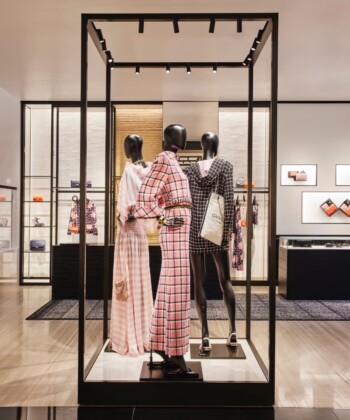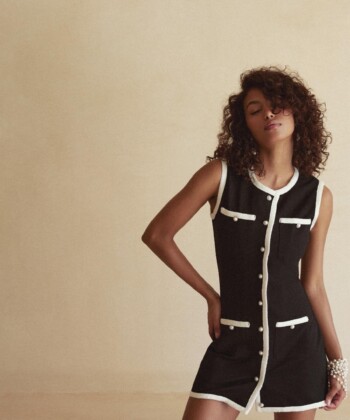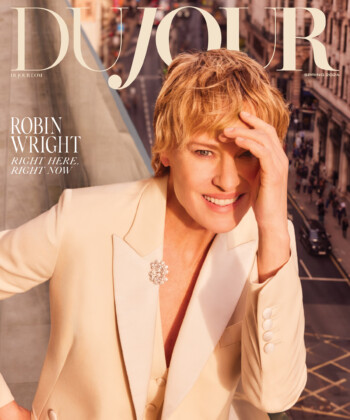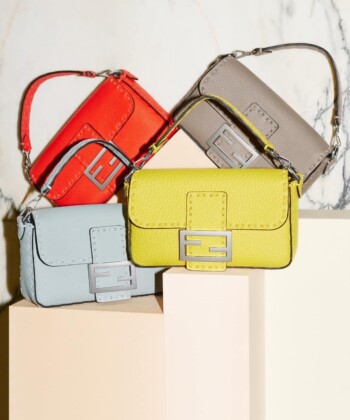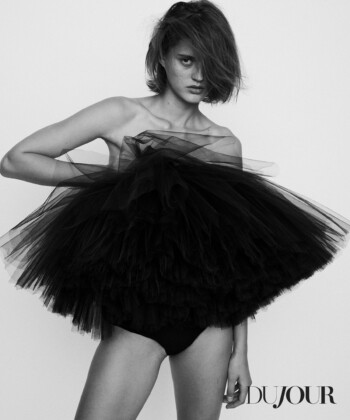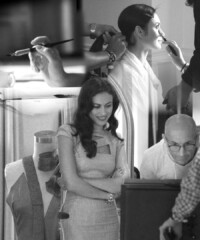“My love is for the three stripes,” says Yohji Yamamoto. After ten critically and commercially successful years at the helm of Y-3, the designer wouldn’t disagree to liken his collaboration with Adidas to a marriage—or even, more accurately, an odd couple.

Yohji Yamamoto; photo by Koichi Inakoshi
“Y-3 is not only important in my creative experience, it gave life to something entirely new,” he tells DuJour. “It’s like a child born of two parents with incredibly different DNA. The result is remarkably interesting.” Since Y-3’s first collection in spring 2013, the Japanese designer has elevated street-friendly athletic basics with an avant-garde aesthetic and new takes on proportions, volume and length. Take, for instance, his micro-mesh T-shirt dresses for women and last year’s thigh-length blazers and baggy skater shorts for men. The style is sporty, the look is fashion-forward, and a new limited-edition book, 10 Years of Y-3: The Book, sent only to the brand’s supporters and collaborators, chronicles the journey. “The sports world and its technology seek necessity, practicality or functionality and attempt to reduce excess, while fashion is seeking the opposite,” Yamamoto explains. “Ten years ago, together with Adidas, we created something that has never before existed in the world and completely projected the future.”
Which is true, as we’ve seen from a wave of high-end sports partnerships like Alexander McQueen for Puma and Stella McCartney’s own collab with Adidas. Celebrating Y-3’s 10-year anniversary this year, the designer brought on British graphic artist Peter Saville, who’s previously worked with Jil Sander, Givenchy and Lacoste for its 80th year, to help push style-conscious athleticwear forward. “We live in a sport- and body-conscious age, and it will continue in this direction,” Yamamoto predicts, which continues to place him in a trend-setting position.

This season’s looks from Y-3; photos: Imaxtree
Still, are elongated tanks and stretchy ball gowns the future of high-fashion sportswear? Are these the types of clothing athletes and stylists could get behind? “I think fashion helps us to get rid of our inferiority complex and sports allow us to do it in a practical manner,” says Yamamoto. “We try to find something purposeful in the body. But where are we headed with this tiny space called body? I have been thinking about this contradiction and I always want to see if sport can be elegant.”
For now, the focus is on blending fashion with function, and, of course, combining the two worlds-apart ideas can be challenging, even for the creative. “I can easily make mistakes,” he says, but continues, “I don’t want to sit on the established style, the Yohji Yamamoto style, and make the same collection each season for continually 20 years. I want to break myself.”

Spring Summer 2005 Campaign; photograph by Matt Jones
Looking back on a decade of designing athleticwear that’s ahead of the game, Yamamoto points out that it’s newness he’s passionate about pursuing.”There are happy moments in my job—for example, the moment just before starting the next collection. I start imagining and looking for ideas, and by the time we start the first fitting I feel very happy because something very beautiful and exciting is taking place. When my team is in a very good condition, they create something very, very fresh and exciting to me. It can be totally different from my first idea, but I don’t care—if it’s something I’ve never, ever even seen in my career before. The fitting moment is my most passionate moment. ‘WOW.'”
Down the runway, eyed by show-goers who have included David Beckham and Justin Bieber, the clothes score points. But ultimately, though, it’s about the customer. “I hope people wearing my clothing are people who are happy to try fashion and follow their feelings,” Yamamoto says. “It’s not necessary to study how to wear my clothing—just follow your own instinct.”

Autumn Winter 2010-2011 Campaign; photograph by Alasdair McLellan at Art Partner
MORE:
Why New York’s Falling for Prêt-à-Couture
The Best Black and White Accessories
The Secret History of Fashion Shows



















